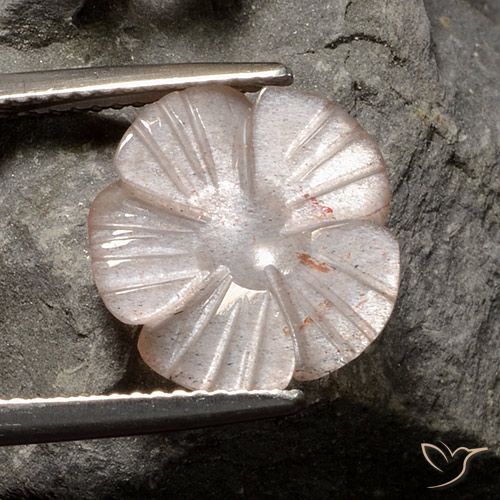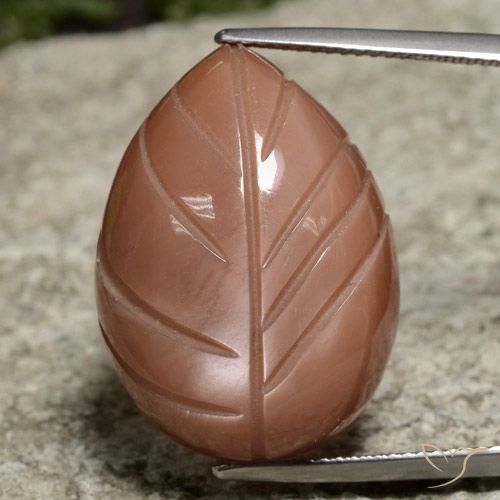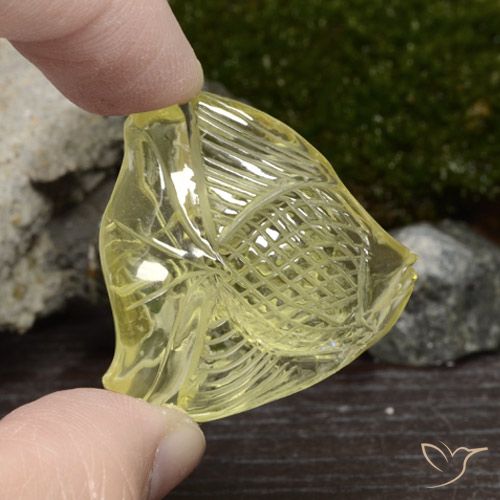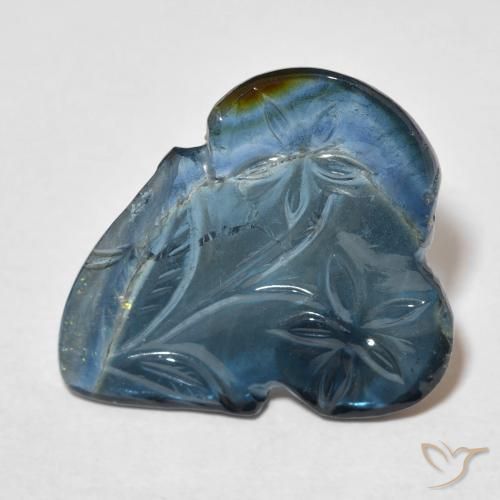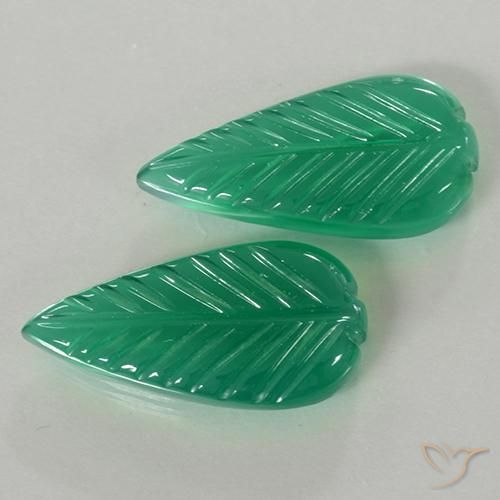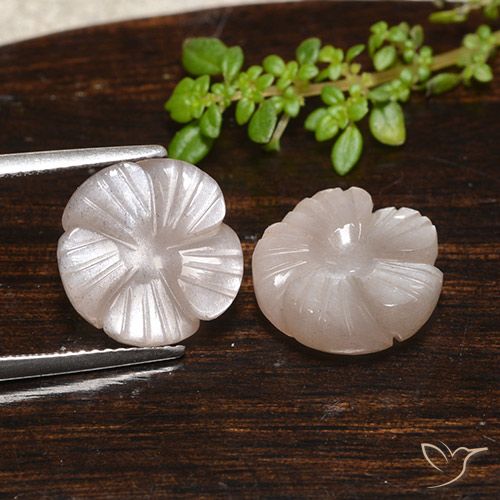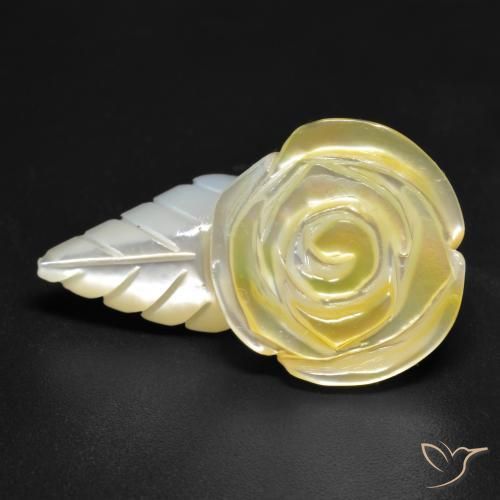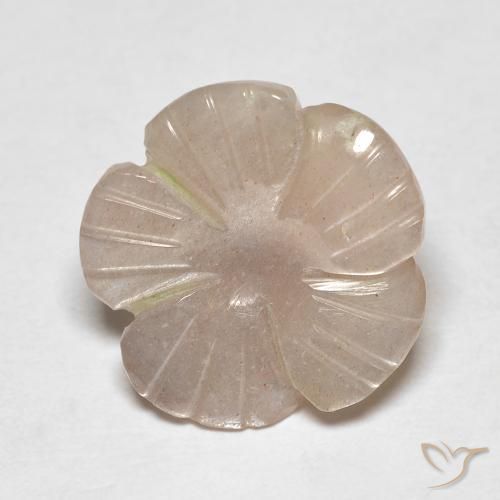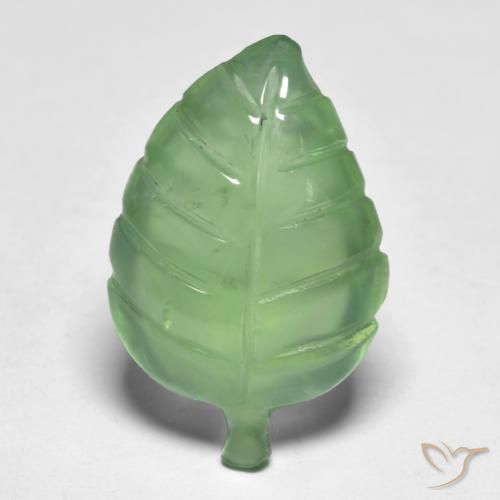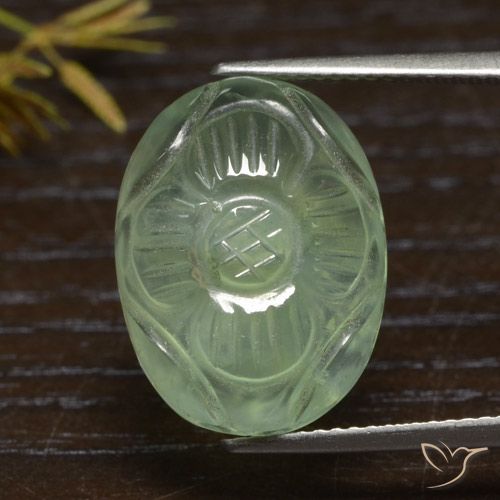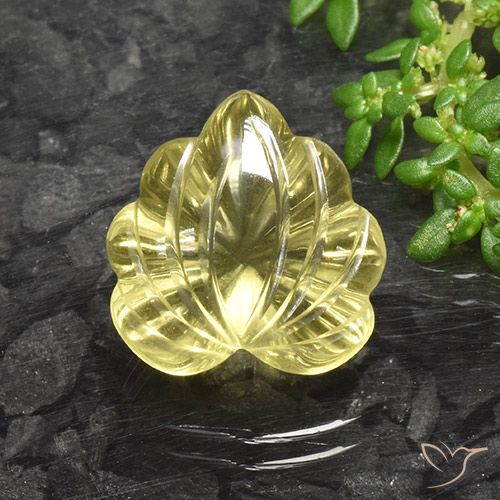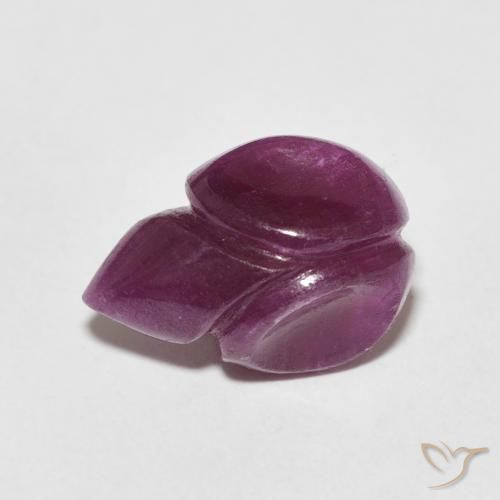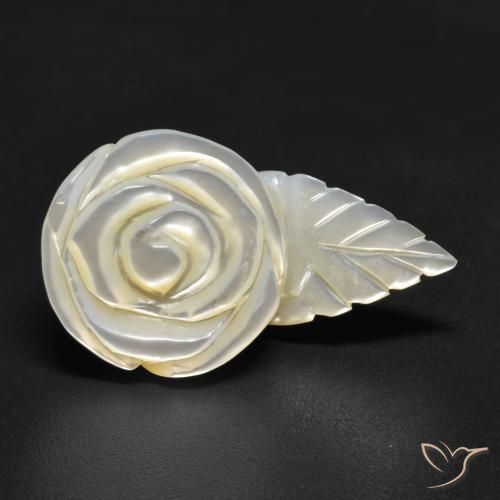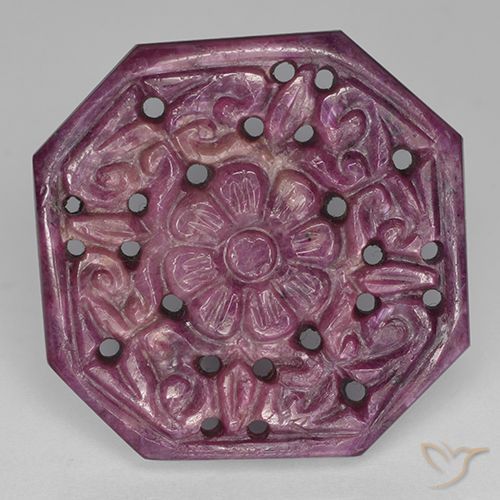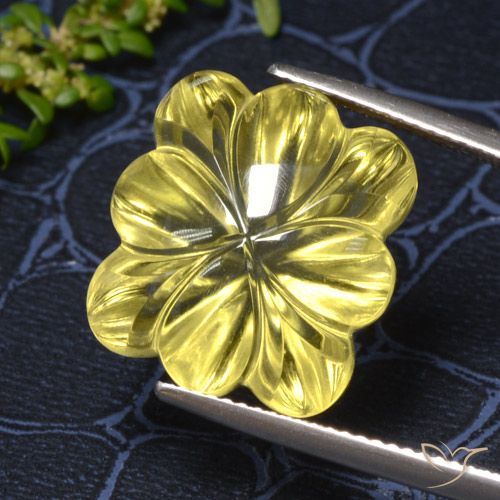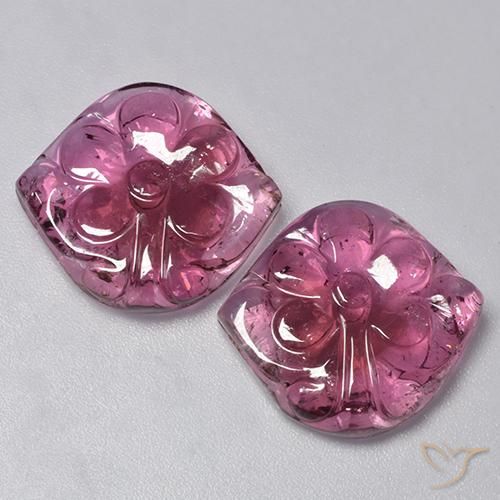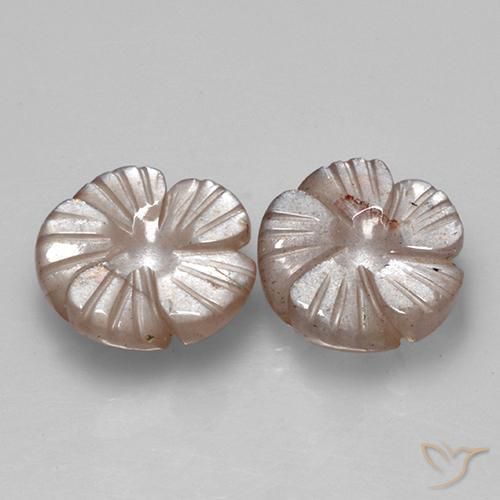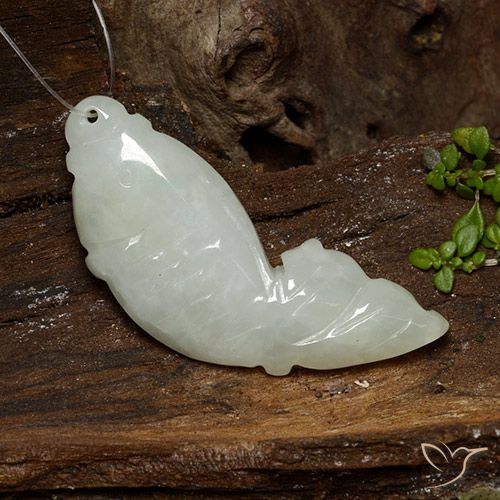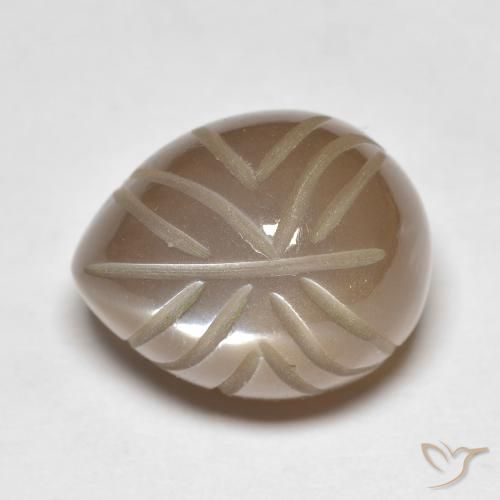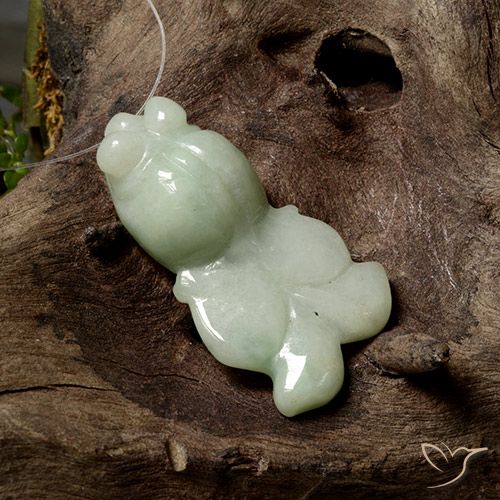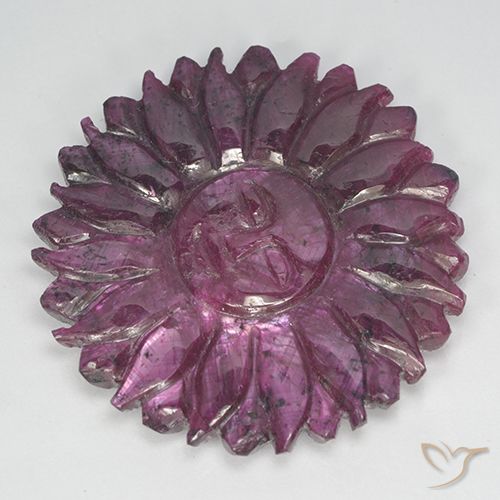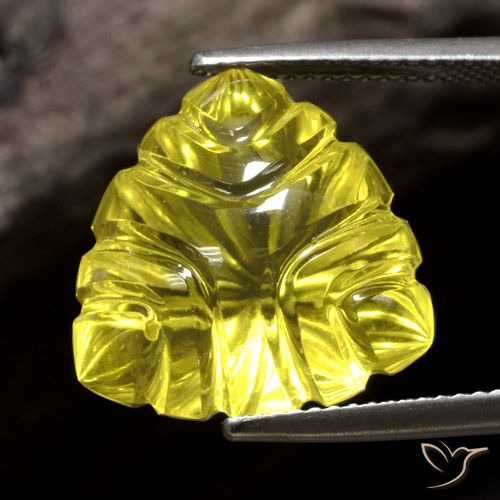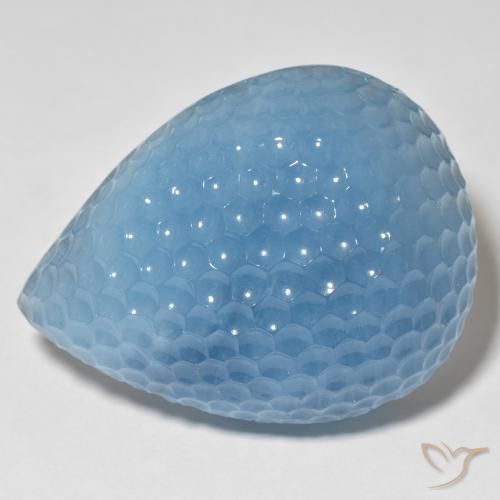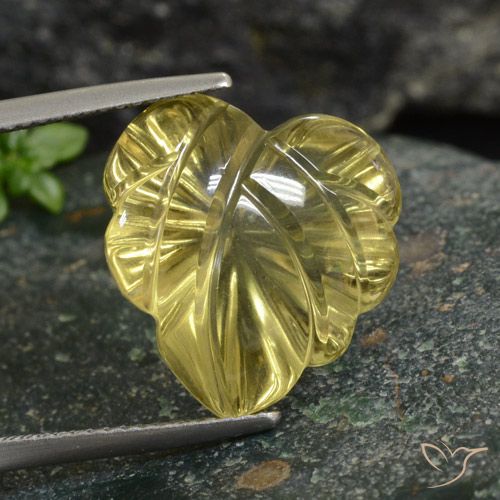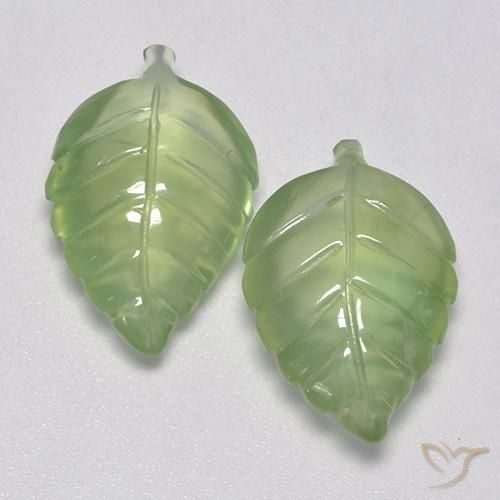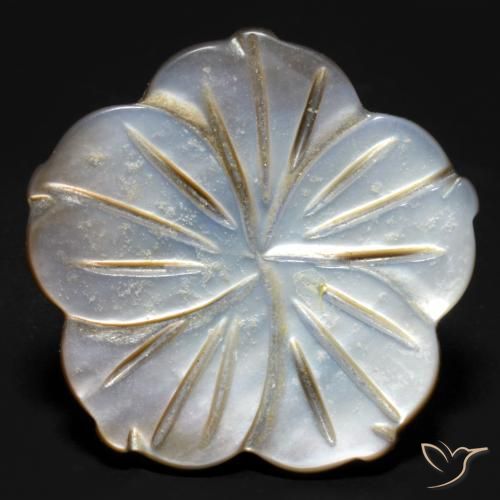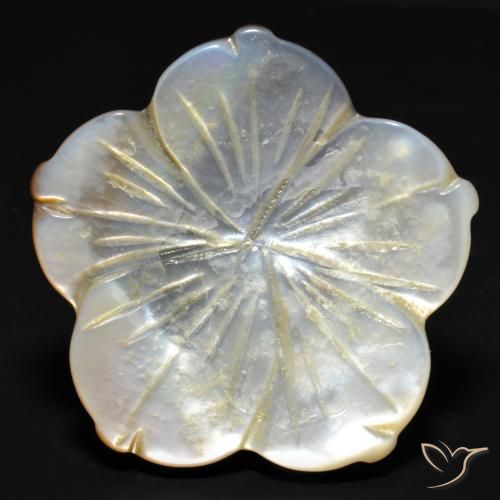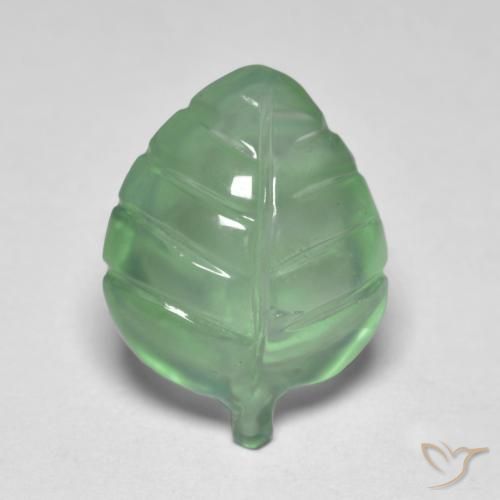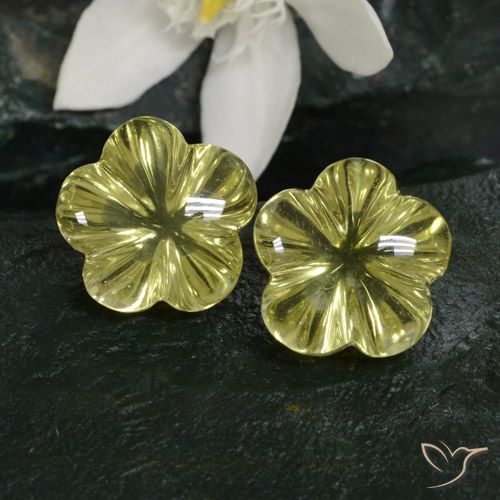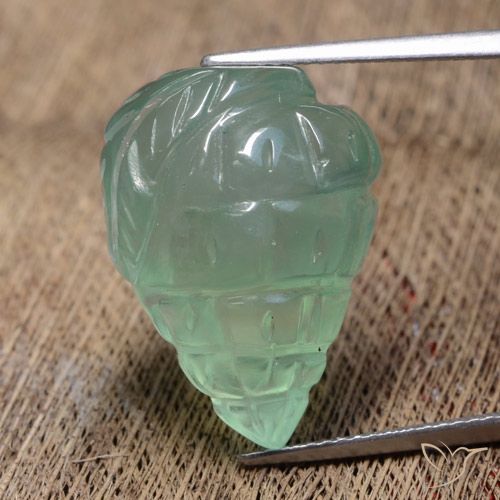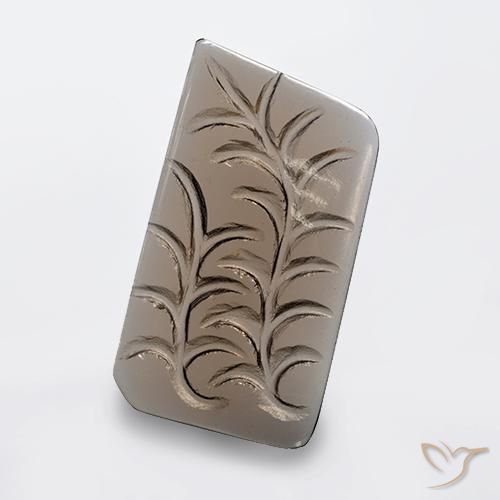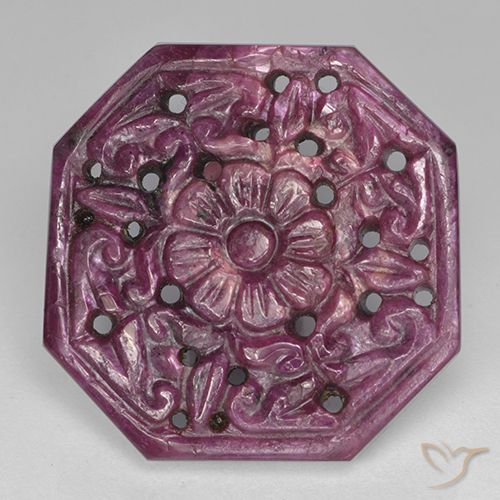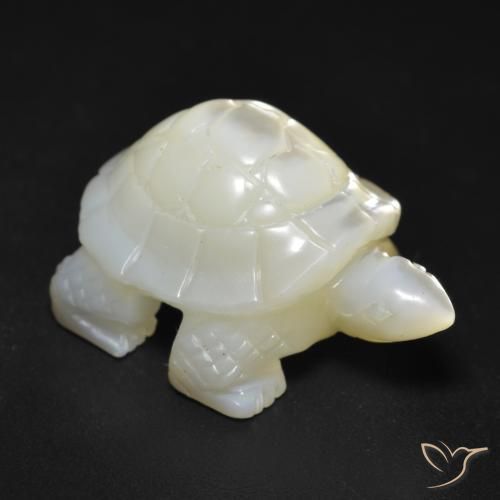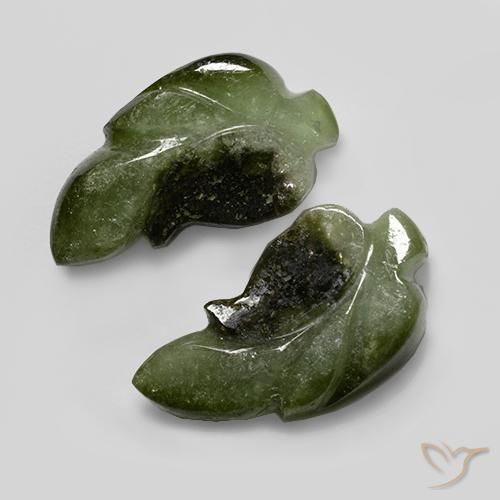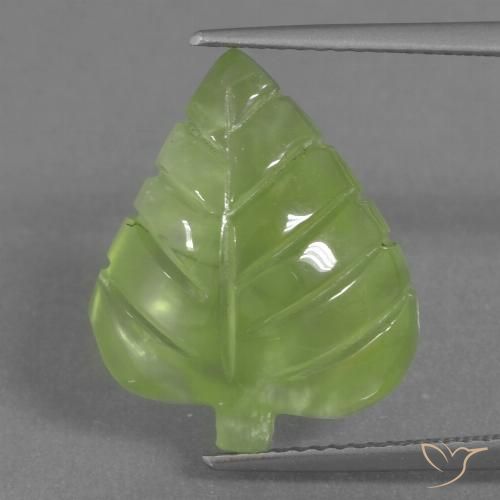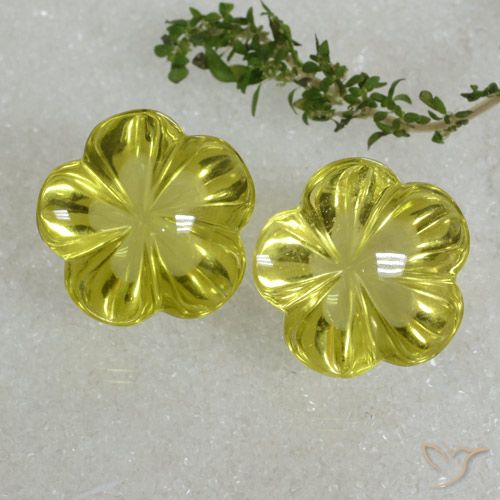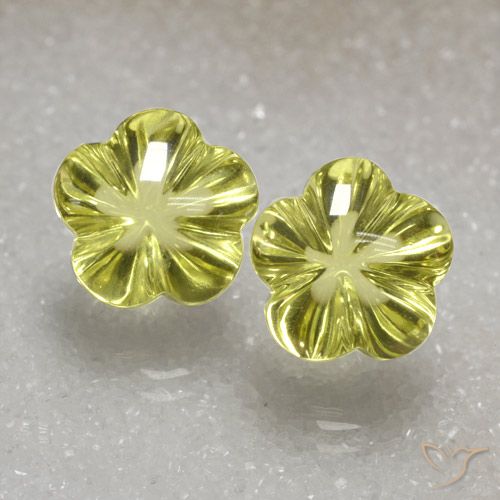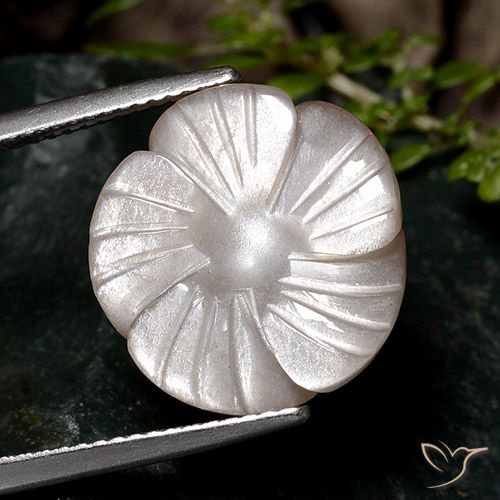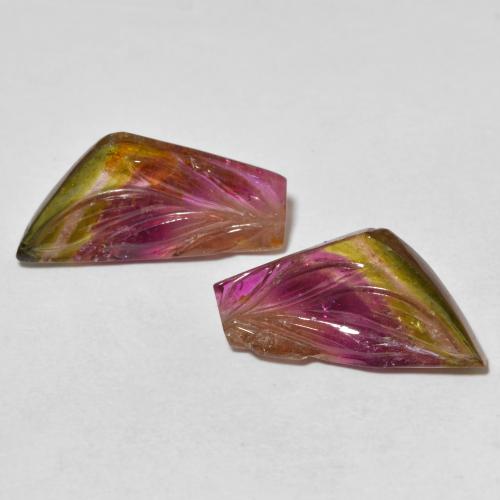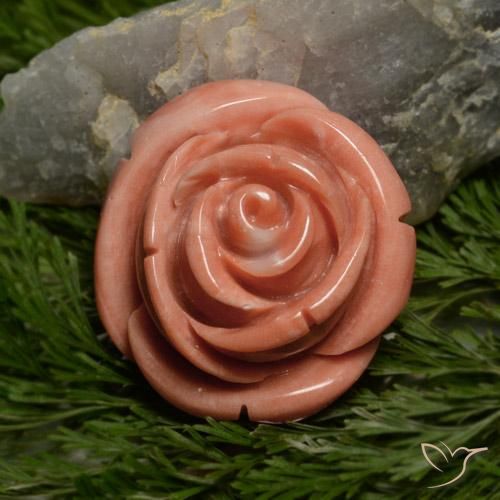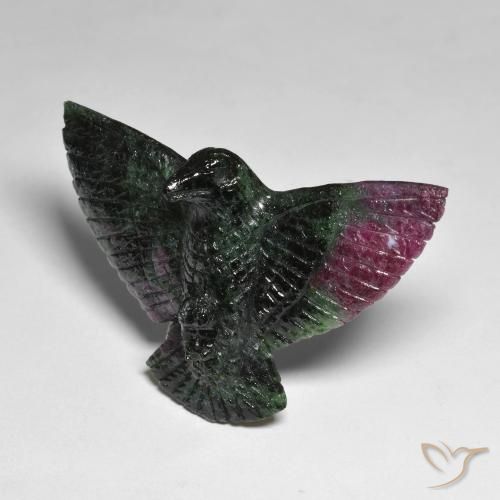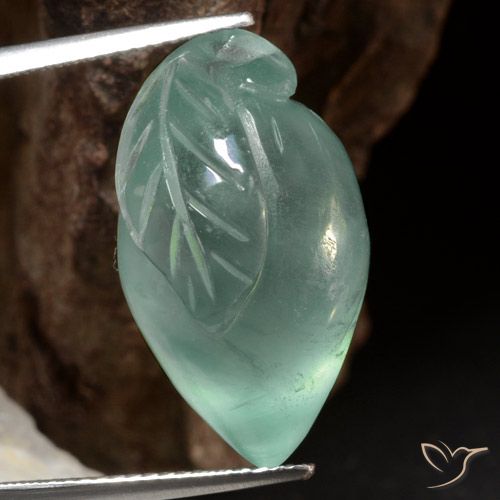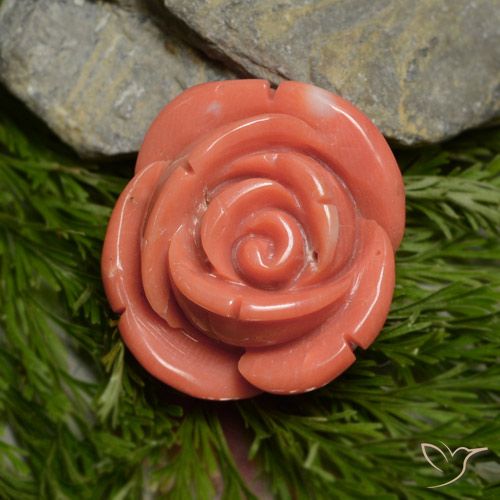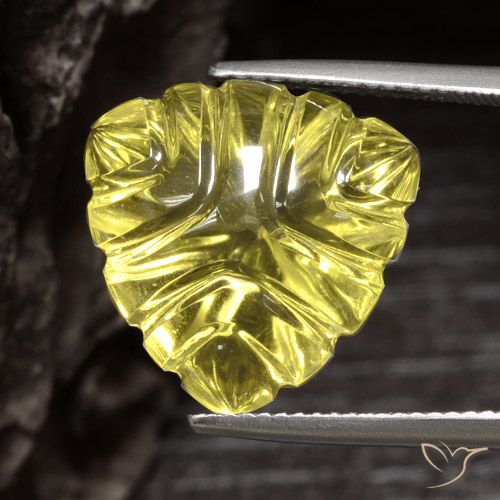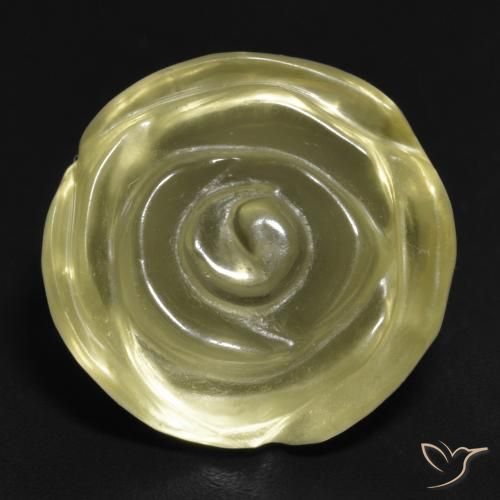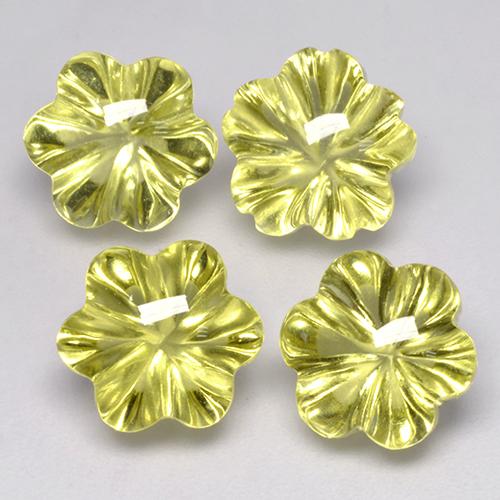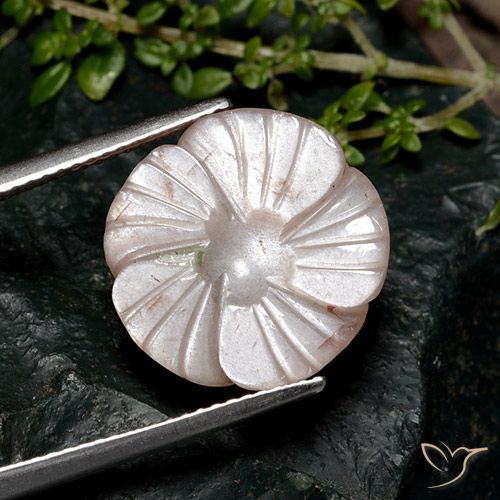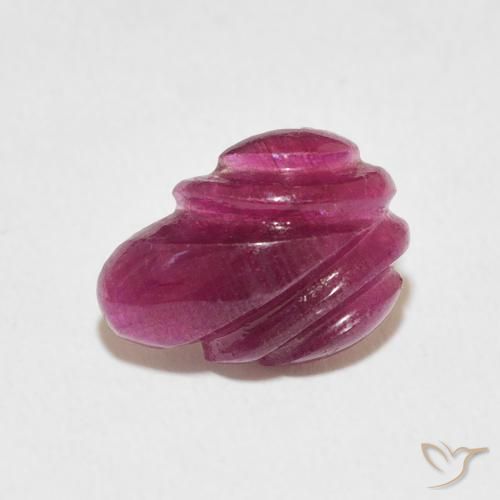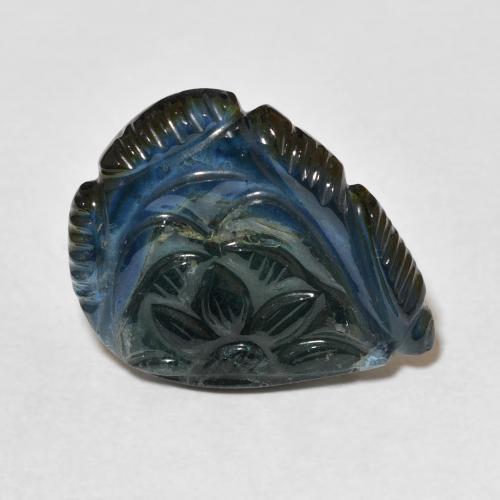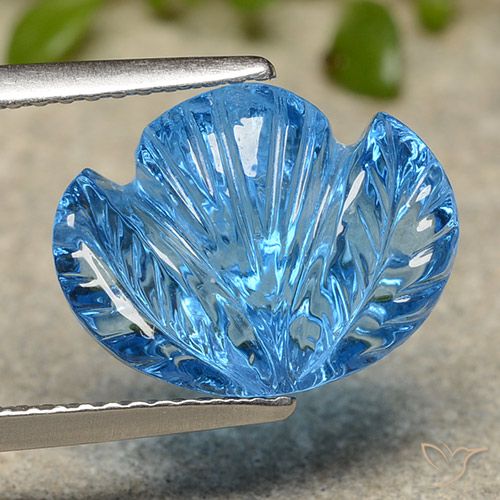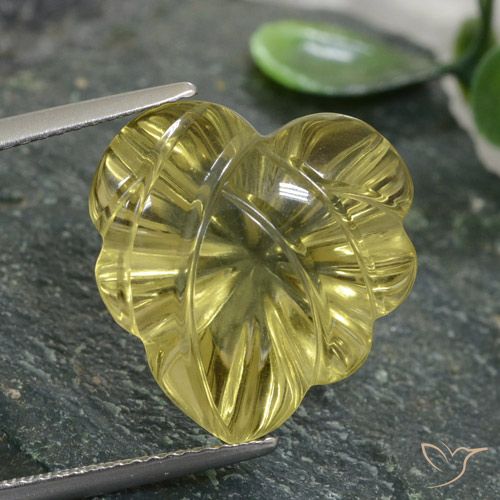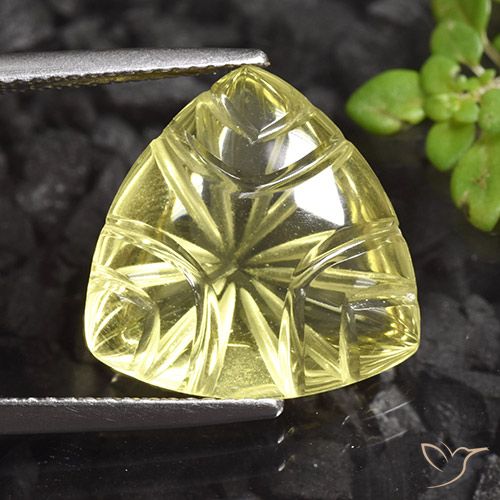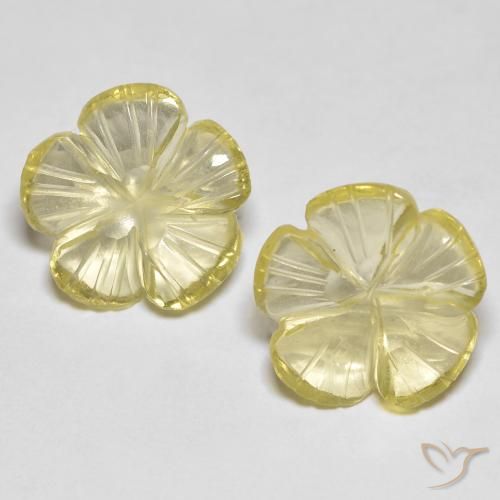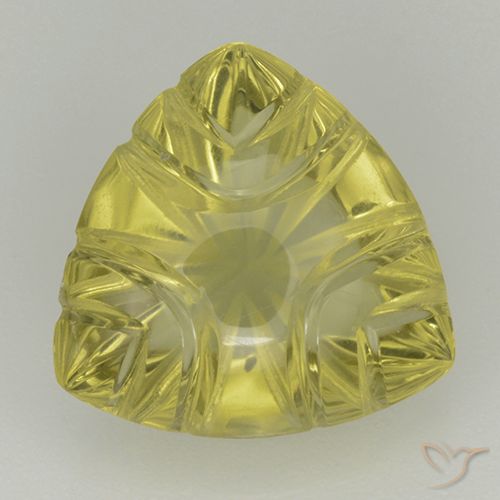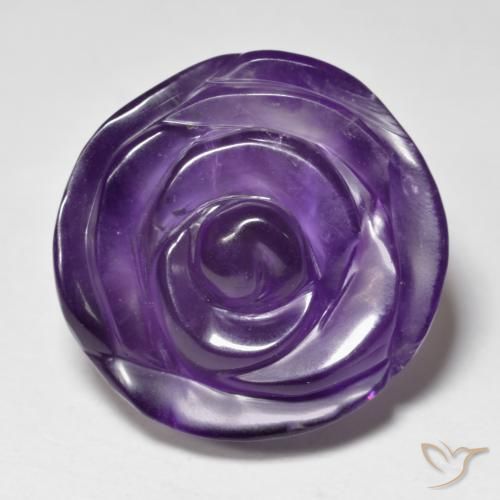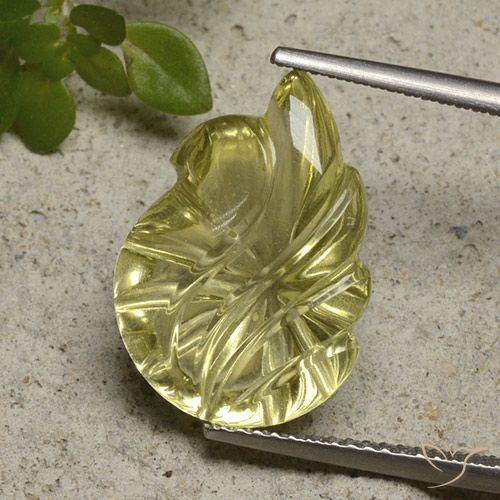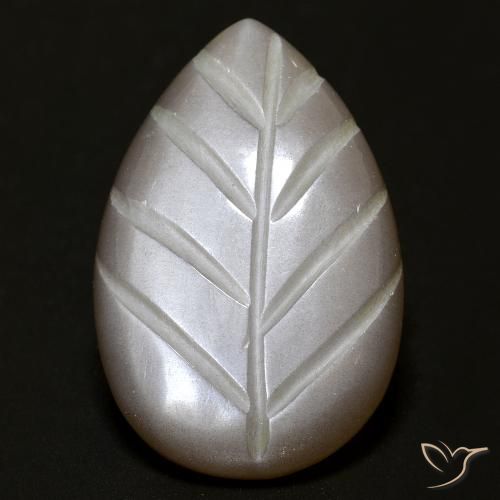Gemstone Carvings: Hand-Carved Gemstones, Cameos, Sculptures, Figurines & More. Wholesale Gemstone Carvings

|
Explore gemstone carvings crafted from the finest precious and semi-precious gemstones. From intricate animal figurines to beautifully carved quartz, amethyst, and jade, each piece is a testament to artisanal craftsmanship. Discover custom gemstone carvings, cameos, and decorative beads, perfect for collectors and lovers of fine art. Our selection includes traditional styles like Asian jade carvings and cultural treasures such as Native American stone art and Indian gemstone sculptures. |
|
Bi-color Gemstone Carvings
|
Black
|
Blue Gemstone Carvings
|
Brown Gemstone Carvings
|
Golden Gemstone Carvings
|
Gray
|
Green Gemstone Carvings
|
Multicolor Gemstone Carvings
|
Orange Gemstone Carvings
|
Pink Gemstone Carvings
|
Purple Gemstone Carvings
|
Red Gemstone Carvings
|
Turquoise Gemstone Carvings
|
Violet Gemstone Carvings
|
White Gemstone Carvings
|
Yellow Gemstone Carvings
|
Single |
Pairs |
Lots |
Faceted |
Cabochons |
| ID: | 485154 |
| Weight: | 4.07ct |
| Size: | 13 x 13 mm (calibrated) |
| Clarity: | Translucent |
| Content: | 1 pc |
| Price: | $ 21.49 |
| Item in Stock | |
| More Options & Item Details | |
| ID: | 472929 |
| Weight: | 30.47ct |
| Size: | 25 x 18 mm (calibrated) |
| Clarity: | Opaque |
| Content: | 1 pc |
| Price: | $ 42.23 |
| Item in Stock | |
| More Options & Item Details | |
| ID: | 309581 |
| Weight: | 57.41ct |
| Size: | 31 x 30.8 mm |
| Clarity: | Transparent |
| Content: | 1 pc |
| Price: | $ 75.50 |
| Item in Stock | |
| More Options & Item Details | |
| ID: | 690455 |
| Weight: | 8.15ct |
| Size: | 20 x 18.3 mm |
| Clarity: | Transparent |
| Content: | 1 pc |
| Price: | $ 287.36 |
| Item in Stock | |
| More Options & Item Details | |
| ID: | 501162 |
| Weight: | 7.83ct (total) |
| Size: | 19.2 x 9.7 mm |
| Clarity: | Translucent |
| Content: | 2 pcs |
| Price: | $ 25.85 |
| Item in Stock | |
| More Options & Item Details | |
| ID: | 485282 |
| Weight: | 11.84ct (total) |
| Size: | 13 x 13 mm (calibrated) |
| Clarity: | Translucent |
| Content: | 2 pcs |
| Price: | $ 62.52 |
| Item in Stock | |
| More Options & Item Details | |
| ID: | 588929 |
| Weight: | 20.91ct |
| Size: | 28.2 x 17.3 mm |
| Clarity: | Opaque |
| Content: | 1 pc |
| Price: | $ 82.80 |
| Item in Stock | |
| More Options & Item Details | |
| ID: | 485155 |
| Weight: | 4.13ct |
| Size: | 13 x 13 mm (calibrated) |
| Clarity: | Translucent |
| Content: | 1 pc |
| Price: | $ 21.80 |
| Item in Stock | |
| More Options & Item Details | |
| ID: | 552524 |
| Weight: | 8.13ct |
| Size: | 18.1 x 16.9 mm |
| Clarity: | Transparent |
| Content: | 1 pc |
| Price: | $ 15.88 |
| Item in Stock | |
| More Options & Item Details | |
| ID: | 690233 |
| Weight: | 70.51ct |
| Size: | 32.9 x 26.2 mm |
| Clarity: | Translucent |
| Content: | 1 pc |
| Price: | $ 352.60 |
| Item in Stock | |
| More Options & Item Details | |
| ID: | 474448 |
| Weight: | 15.27ct |
| Size: | 18 x 13 mm (calibrated) |
| Clarity: | Translucent |
| Content: | 1 pc |
| Price: | $ 42.34 |
| Item in Stock | |
| More Options & Item Details | |
| ID: | 493821 |
| Weight: | 8.86ct |
| Size: | 14 x 14 mm (calibrated) |
| Clarity: | Transparent |
| Content: | 1 pc |
| Price: | $ 58.48 |
| Item in Stock | |
| More Options & Item Details | |
| ID: | 691783 |
| Weight: | 3.38ct |
| Size: | 12.3 x 8.7 mm |
| Clarity: | Opaque |
| Content: | 1 pc |
| Price: | $ 67.60 |
| Item in Stock | |
| More Options & Item Details | |
| ID: | 588927 |
| Weight: | 15.05ct |
| Size: | 24.7 x 14.7 mm |
| Clarity: | Opaque |
| Content: | 1 pc |
| Price: | $ 59.60 |
| Item in Stock | |
| More Options & Item Details | |
| ID: | 501440 |
| Weight: | 46.06ct |
| Size: | 28.9 x 28.8 mm |
| Clarity: | Opaque |
| Content: | 1 pc |
| Price: | $ 1,074.62 |
| Item in Stock | |
| More Options & Item Details | |
| ID: | 470100 |
| Weight: | 18.68ct |
| Size: | 17.3 x 15.9 mm |
| Clarity: | Transparent |
| Content: | 1 pc |
| Price: | $ 86.30 |
| Item in Stock | |
| More Options & Item Details | |
| ID: | 522378 |
| Weight: | 24.38ct (total) |
| Size: | 19.2 x 17.3 mm |
| Clarity: | Transparent |
| Content: | 2 pcs |
| Price: | $ 439.01 |
| Item in Stock | |
| More Options & Item Details | |
| ID: | 485151 |
| Weight: | 10.37ct (total) |
| Size: | 12 x 12 mm (calibrated) |
| Clarity: | Translucent |
| Content: | 2 pcs |
| Price: | $ 54.76 |
| Item in Stock | |
| More Options & Item Details | |
| ID: | 485062 |
| Weight: | 28.92ct |
| Size: | 37.5 x 14 mm |
| Clarity: | Translucent |
| Content: | 1 pc |
| Price: | $ 63.37 |
| Item in Stock | |
| More Options & Item Details | |
| ID: | 472927 |
| Weight: | 15.07ct |
| Size: | 16 x 12.8 mm |
| Clarity: | Translucent |
| Content: | 1 pc |
| Price: | $ 20.88 |
| Item in Stock | |
| More Options & Item Details | |
| ID: | 494283 |
| Weight: | 43.00ct |
| Size: | 37.2 x 19.5 mm |
| Clarity: | Translucent |
| Content: | 1 pc |
| Price: | $ 20.34 |
| Item in Stock | |
| More Options & Item Details | |
| ID: | 501424 |
| Weight: | 41.80ct |
| Size: | 32.8 x 32.5 mm |
| Clarity: | Opaque |
| Content: | 1 pc |
| Price: | $ 975.24 |
| Item in Stock | |
| More Options & Item Details | |
| ID: | 493827 |
| Weight: | 9.11ct |
| Size: | 16.7 x 13.6 mm |
| Clarity: | Transparent |
| Content: | 1 pc |
| Price: | $ 60.13 |
| Item in Stock | |
| More Options & Item Details | |
| ID: | 470096 |
| Weight: | 13.92ct |
| Size: | 16 x 16 mm (calibrated) |
| Clarity: | Transparent |
| Content: | 1 pc |
| Price: | $ 64.31 |
| Item in Stock | |
| More Options & Item Details | |
| ID: | 690231 |
| Weight: | 115.20ct |
| Size: | 39.4 x 30.3 mm |
| Clarity: | Translucent |
| Content: | 1 pc |
| Price: | $ 691.56 |
| Item in Stock | |
| More Options & Item Details | |
| ID: | 474968 |
| Weight: | 12.04ct |
| Size: | 16 x 16 mm (calibrated) |
| Clarity: | Transparent |
| Content: | 1 pc |
| Price: | $ 55.62 |
| Item in Stock | |
| More Options & Item Details | |
| ID: | 501453 |
| Weight: | 35.54ct |
| Size: | 31.5 x 21.3 mm |
| Clarity: | Translucent |
| Content: | 1 pc |
| Price: | $ 149.18 |
| Item in Stock | |
| More Options & Item Details | |
| ID: | 526287 |
| Weight: | 14.20ct (total) |
| Size: | 18.4 x 12 mm |
| Clarity: | Transparent |
| Content: | 2 pcs |
| Price: | $ 26.81 |
| Item in Stock | |
| More Options & Item Details | |
| ID: | 582254 |
| Weight: | 14.21ct |
| Size: | 23 x 25.6 mm |
| Clarity: | Opaque |
| Content: | 1 pc |
| Price: | $ 37.51 |
| Item in Stock | |
| More Options & Item Details | |
| ID: | 582253 |
| Weight: | 29.23ct |
| Size: | 33.4 x 33.4 mm |
| Clarity: | Opaque |
| Content: | 1 pc |
| Price: | $ 77.17 |
| Item in Stock | |
| More Options & Item Details | |
| ID: | 552516 |
| Weight: | 5.96ct |
| Size: | 14.9 x 11.2 mm |
| Clarity: | Transparent |
| Content: | 1 pc |
| Price: | $ 31.18 |
| Item in Stock | |
| More Options & Item Details | |
| ID: | 475234 |
| Weight: | 15.13ct (total) |
| Size: | 12 x 12 mm (calibrated) |
| Clarity: | Transparent |
| Content: | 2 pcs |
| Price: | $ 69.91 |
| Item in Stock | |
| More Options & Item Details | |
| ID: | 469487 |
| Weight: | 24.98ct |
| Size: | 21.3 x 14.6 mm |
| Clarity: | Translucent |
| Content: | 1 pc |
| Price: | $ 52.10 |
| Item in Stock | |
| More Options & Item Details | |
| ID: | 501492 |
| Weight: | 17.32ct |
| Size: | 33.2 x 18.6 mm |
| Clarity: | Transparent |
| Content: | 1 pc |
| Price: | $ 34.30 |
| Item in Stock | |
| More Options & Item Details | |
| ID: | 501441 |
| Weight: | 46.86ct |
| Size: | 29 x 28.9 mm |
| Clarity: | Opaque |
| Content: | 1 pc |
| Price: | $ 993.90 |
| Item in Stock | |
| More Options & Item Details | |
| ID: | 588551 |
| Weight: | 17.57ct |
| Size: | 21.5 x 14.9 mm |
| Clarity: | Opaque |
| Content: | 1 pc |
| Price: | $ 46.38 |
| Item in Stock | |
| More Options & Item Details | |
| ID: | 472934 |
| Weight: | 11.45ct (total) |
| Size: | 19 x 10.3 mm |
| Clarity: | Translucent |
| Content: | 2 pcs |
| Price: | $ 125.95 |
| Item in Stock | |
| More Options & Item Details | |
| ID: | 455831 |
| Weight: | 9.92ct |
| Size: | 17.7 x 14.5 mm |
| Clarity: | Transparent |
| Content: | 1 pc |
| Price: | $ 16.63 |
| Item in Stock | |
| More Options & Item Details | |
| ID: | 470119 |
| Weight: | 64.06ct (total) |
| Size: | 20.7 x 20.6 mm |
| Clarity: | Transparent |
| Content: | 2 pcs |
| Price: | $ 295.96 |
| Item in Stock | |
| More Options & Item Details | |
| ID: | 470484 |
| Weight: | 15.78ct (total) |
| Size: | 12 x 12 mm (calibrated) |
| Clarity: | Transparent |
| Content: | 2 pcs |
| Price: | $ 72.90 |
| Item in Stock | |
| More Options & Item Details | |
| ID: | 485309 |
| Weight: | 9.33ct |
| Size: | 15.7 x 15.3 mm |
| Clarity: | Translucent |
| Content: | 1 pc |
| Price: | $ 49.26 |
| Item in Stock | |
| More Options & Item Details | |
| ID: | 690541 |
| Weight: | 11.78ct (total) |
| Size: | 20.1 x 9.5 mm |
| Clarity: | Transparent |
| Content: | 2 pcs |
| Price: | $ 276.64 |
| Item in Stock | |
| More Options & Item Details | |
| ID: | 256344 |
| Weight: | 31.12ct |
| Size: | 21.4 x 20.7 mm |
| Clarity: | Opaque |
| Content: | 1 pc |
| Price: | $ 653.40 |
| Item in Stock | |
| More Options & Item Details | |
| ID: | 588862 |
| Weight: | 83.59ct |
| Size: | 55.2 x 35.7 mm |
| Clarity: | Opaque |
| Content: | 1 pc |
| Price: | $ 283.87 |
| Item in Stock | |
| More Options & Item Details | |
| ID: | 469751 |
| Weight: | 23.51ct |
| Size: | 22.4 x 14.1 mm |
| Clarity: | Translucent |
| Content: | 1 pc |
| Price: | $ 49.04 |
| Item in Stock | |
| More Options & Item Details | |
| ID: | 256349 |
| Weight: | 18.78ct |
| Size: | 18.1 x 16.9 mm |
| Clarity: | Opaque |
| Content: | 1 pc |
| Price: | $ 396.64 |
| Item in Stock | |
| More Options & Item Details | |
| ID: | 470097 |
| Weight: | 15.33ct |
| Size: | 16 x 16 mm (calibrated) |
| Clarity: | Transparent |
| Content: | 1 pc |
| Price: | $ 70.84 |
| Item in Stock | |
| More Options & Item Details | |
| ID: | 587706 |
| Weight: | 13.76ct |
| Size: | 17 x 16.2 mm |
| Clarity: | Transparent |
| Content: | 1 pc |
| Price: | $ 54.49 |
| Item in Stock | |
| More Options & Item Details | |
| ID: | 493919 |
| Weight: | 15.85ct (total) |
| Size: | 9 x 9 mm (calibrated) |
| Clarity: | Transparent |
| Content: | 4 pcs |
| Price: | $ 104.62 |
| Item in Stock | |
| More Options & Item Details | |
| ID: | 485319 |
| Weight: | 8.04ct |
| Size: | 15 x 15 mm (calibrated) |
| Clarity: | Translucent |
| Content: | 1 pc |
| Price: | $ 42.46 |
| Item in Stock | |
| More Options & Item Details | |
| ID: | 691020 |
| Weight: | 2.88ct |
| Size: | 11.1 x 8.2 mm |
| Clarity: | Opaque |
| Content: | 1 pc |
| Price: | $ 69.12 |
| Item in Stock | |
| More Options & Item Details | |
| ID: | 690462 |
| Weight: | 10.12ct |
| Size: | 20.5 x 16.1 mm |
| Clarity: | Transparent |
| Content: | 1 pc |
| Price: | $ 237.66 |
| Item in Stock | |
| More Options & Item Details | |
| ID: | 485899 |
| Weight: | 7.36ct |
| Size: | 13.3 x 10.2 mm |
| Clarity: | Transparent |
| Content: | 1 pc |
| Price: | $ 96.77 |
| Item in Stock | |
| More Options & Item Details | |
| ID: | 474621 |
| Weight: | 12.47ct |
| Size: | 16 x 16 mm (calibrated) |
| Clarity: | Transparent |
| Price: | $ 57.62 |
| Item in Stock | |
| More Options & Item Details | |
| ID: | 493913 |
| Weight: | 9.06ct |
| Size: | 16 x 16 mm (calibrated) |
| Clarity: | Transparent |
| Content: | 1 pc |
| Price: | $ 59.80 |
| Item in Stock | |
| More Options & Item Details | |
| ID: | 497024 |
| Weight: | 6.49ct (total) |
| Size: | 12 x 12 mm (calibrated) |
| Clarity: | Transparent |
| Content: | 2 pcs |
| Price: | $ 24.99 |
| Item in Stock | |
| More Options & Item Details | |
| ID: | 499617 |
| Weight: | 6.21ct |
| Size: | 13 x 13 mm (calibrated) |
| Clarity: | Transparent |
| Content: | 1 pc |
| Price: | $ 20.49 |
| Item in Stock | |
| More Options & Item Details | |
| ID: | 595148 |
| Weight: | 24.20ct |
| Size: | 18.5 x 18.1 mm |
| Clarity: | Translucent |
| Content: | 1 pc |
| Price: | $ 79.86 |
| Item in Stock | |
| More Options & Item Details | |
| ID: | 493887 |
| Weight: | 9.00ct |
| Size: | 18 x 13 mm (calibrated) |
| Clarity: | Transparent |
| Content: | 1 pc |
| Price: | $ 59.40 |
| Item in Stock | |
| More Options & Item Details | |
| ID: | 582246 |
| Weight: | 18.42ct |
| Size: | 24.7 x 16.5 mm |
| Clarity: | Translucent |
| Content: | 1 pc |
| Price: | $ 132.76 |
| Item in Stock | |
| More Options & Item Details | |
FAQs
What are gemstone carvings?
Gemstone carvings are decorative or functional pieces made by carving, engraving, or etching precious or semi-precious gemstones such as quartz, amethyst, jade, lapis lazuli, agate, and onyx. These carvings often include figurines, sculptures, beads, and other artistic designs.
What types of gemstone carvings do you offer?
We offer a wide range of gemstone carvings, including animal figurines, gemstone sculptures, crystal carvings, and gemstone artifacts. Our collection features carved gemstones like citrine, tourmaline, and jade, as well as cultural pieces such as Asian jade carvings, Native American stone art, and Indian gemstone sculptures.
How are gemstone carvings made?
Gemstone carvings are typically created using techniques like hand carving, engraving, etching, and laser carving. Skilled artisans shape and polish gemstones to create intricate designs, such as cameos, beads, and custom sculptures.
Are the gemstone carvings handmade?
Many of our gemstone carvings are handmade, including hand-carved gemstones and custom gemstone carvings. These pieces showcase the craftsmanship and attention to detail of skilled artisans.
What gemstones are commonly used in carvings?
Common gemstones used in carvings include quartz, amethyst, jade, lapis lazuli, agate, onyx, citrine, and tourmaline. Each stone offers unique colors and patterns, making every carving a one-of-a-kind piece.
Are gemstone carvings suitable as gifts?
Yes, gemstone carvings make excellent gifts for any occasion. From custom gemstone carvings and crystal carvings to animal figurines and Indian gemstone sculptures, these pieces are thoughtful and timeless.
Can I request a custom gemstone carving?
We offer custom gemstone carvings to meet your specific needs. Whether you want a personalized design, a unique gemstone sculpture, or a carved figurine, our artisans can bring your vision to life.
What is the cultural significance of gemstone carvings?
Gemstone carvings have rich cultural significance, with designs like Asian jade carvings and Native American stone art reflecting centuries of tradition and symbolism. Indian gemstone sculptures often depict religious or spiritual themes.
GemSelect Certified Store Reviews
GemSelect: Over 22 Years in the Gemstone Business! Thank you for trusting us with your purchase!
Overall Rating -> 10 ![]()
I like the way your website shows us what stone were buying as well the easy way to navigate the site. also knowing the stones are real...
Overall Rating -> 10 ![]()
I really liked the email, and the link that help return me to the site. I didnt have access to my card info while checking out and I had to put my phone away so I lost the tab. Fortunately, since I did give an email- they sent me a link that brought me back to where I was. Greatly appreciated
Overall Rating -> 9 ![]()
I think therea's no problem
Overall Rating -> 10 ![]()
Very professional site
Overall Rating -> 10 ![]()
Very good Hoping you will increase your inventory especially in the 6mmThanks
Overall Rating -> 10 ![]()
Very large selection from affordable to high end I will be coming back to shop again!
Overall Rating -> 10 ![]()
this site is awesome. I was able to look at the products think about purchasing and come back and find the same products. With the amount of inventory gem select has. Its awesome to be able to filter the way that they allow you too.
Overall Rating -> 10 ![]()
Very surprised how quick and efficient it was to checkout and pay. Also found exactly what I was looking for no issues.
Overall Rating -> 8 ![]()
Excellent selection of stones -including ones I had never heard of before -nice site and fairly easy to use

